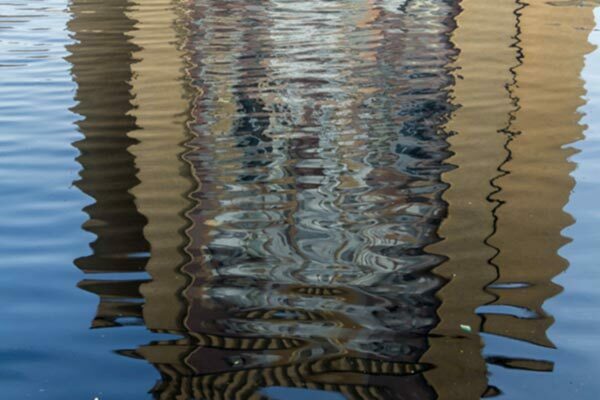
Libraries and their acquisitions give established and aspiring scholars in European studies the opportunity to assess and reflect on new materials for research.
Nanovic fellows will know for example that Special Collections at Notre Dame has acquired major, previously unknown and unseen archives in modern Russian history, thanks to the efforts of Professor Semion Lyandres (History). The newest of these archives is a large collection acquired from Antonina Axenova, the adopted daughter of Eugenia Ginzburg, one of the most famous gulag survivors. Courtesy of the Institute, Ms. Axenova will be on campus in early November to examine her mother’s archive under the gentle lens of documentary filmmaker Mario Damolin. Notre Dame will therefore be taking the lead once again in shedding new light on the social and political geography of the Russosphere.
But understanding old materials in new ways is also central to the way the humanities contributes to understanding the world. With the financial support of the Institute and other units in the College of Arts & Letters, Dr. Julie Tanaka (Rare Books and Special Collections Curator and Western European History Librarian) organized “Beyond Tradition: Rethinking Early Modern Europe,” a conference held at Notre Dame earlier in September.
Much in the spirit of the Institute’s Laura Shannon Prize in Contemporary European Studies, this conference explored the cultural, religious, political, and legal dimensions of early modern Europe that push beyond the traditional geographical and temporal categories used by historians to understand them. The conference included an exhibition, “After Gutenberg: Print, Books, and Knowledge in Germany through the Long Sixteenth Century,” which featured an explanatory talk by Thomas Brady (University of California, Berkeley), who led onlookers to understand just how contentious and dynamic intellectual life was in Germany at the time — and how the complexity of that life challenges and often exceeds our contemporary categories that try to capture or explain them.
The conjuction of the conference and its exhibition also brought the humanities more fully into the public eye. The roundtable discussions and exhibition created “a more casual environment,” says Tanaka, which “led to lively discussions that showed how scholars can interact productively with the public.”